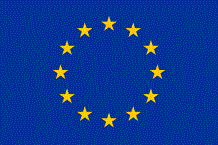I received a somewhat brief comment from a researcher who was:
Looking into David Johnston marriage to Mary Faulder. David was Blacksmith 1871 census in Allonby Cumbria
Email comment sent in by Dwight Donaldson 23 April 2022 (UK Time, possibly 22 April in US)
Within my research into “Unlinked Faulders”, I had a number of Mary Faulders who could have been adults around 1871 in the Allonby area of Cumberland.
As so often is the case this did not turn out as straightforward as one might hope.
(more…)